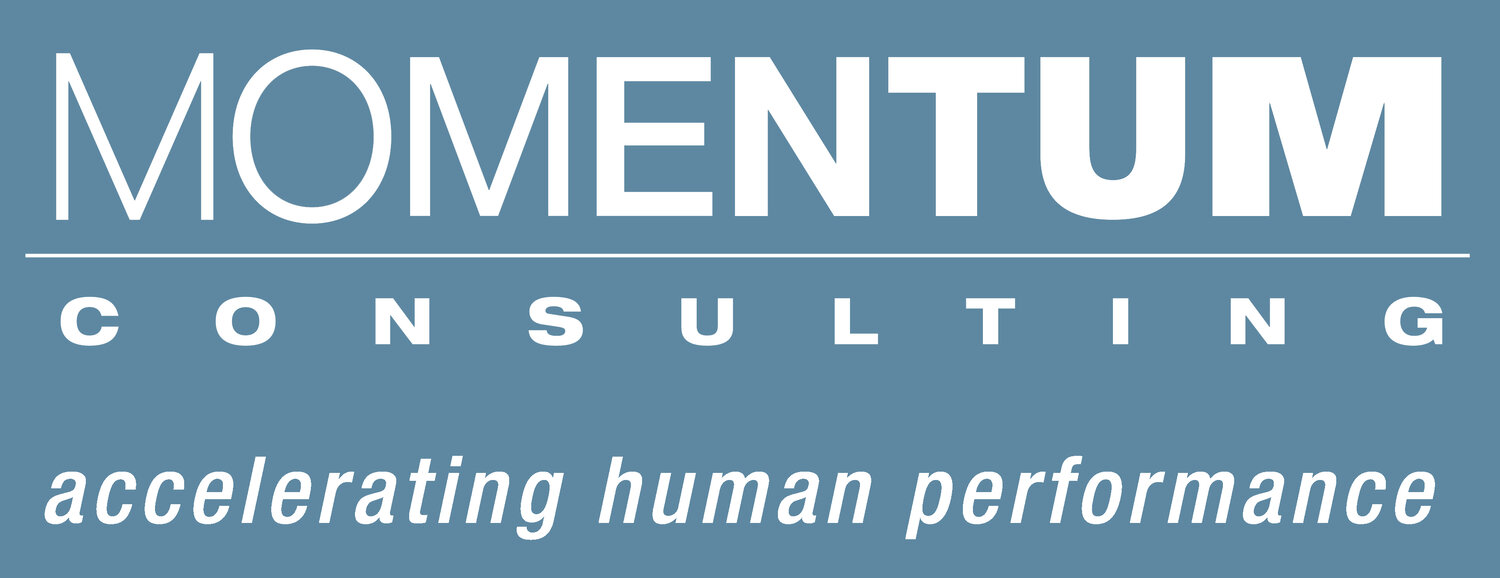Without Derives from Within
In 1945, thirteen manuscripts that had survived early purges were discovered in an ancient Christian tomb.
One of those was the Gospel of Thomas, which is supposedly composed of commentary from Jesus to Thomas.
I am fascinated by several teachings, said to be directly from the mouth of Jesus, which speak to “all power comes from within!” That “we manifest outside circumstances from within, that we manifest as we believe, and what we believe to be more powerful has dominion over us!”
Was this the earliest manual on effective leadership? I believe this ultimate authority was saying “we create what we see, what we hear, what we believe.” I’m pretty confident that as human beings we can’t escape this truth.
What we believe is real… isn’t.
This is another way to say something is real only to us and whoever we can get to agree with us. Our reality is merely a function of agreement…the more agreement something gathers, the more real it gets.
This has a profound effect on our performance. We have long said, “Performance is a function of behavior, and behavior is a function of culture or mindset.” How we see the world is the main driver of our actions, if we see “blindly” our actions will follow.
I was recently reading a blog by James Clear, who was talking about Lewin’s Equation. Lewin was a Prussian psychologist who is considered the founder of Social Psychology and 18th most quoted psychologist in the 20th century.
I was delighted to learn Lewin’s equation validated Momentum’s premise about performance. His equation said: Behavior = function of (PE person and environment), behavior is a function of how I see the world and the environment I’m in shapes that view.
Prior to this, it was generally believed that behavior was a function of our inherited traits and we were stuck with who we are! That paradigm still exists to some degree. To illustrate, I’ll borrow from Stanford researcher Carol Dweck: How Your Beliefs Can Help You or Hurt You. Dweck is well–known for her work on “the fixed mindset vs. the growth mindset.”
Here's how Dweck describes the difference between these two mindsets and how they impact your performance…In a fixed mindset, students believe their basic abilities, their intelligence, their talents, are just fixed traits. They have a certain amount and that's that, and then their goal becomes to look smart all the time and never look dumb.In a growth mindset, students understand that their talents and abilities can be developed through effort, good teaching and persistence. They don't necessarily think everyone's the same or anyone can be Einstein, but they believe everyone can get smarter if they work at it.
The benefits of a growth mindset might seem obvious, but most of us are guilty of having a fixed mindset only in certain situations.
A fixed mindset can be dangerous because it tends to prevent skill development and growth.Now I know we would all like to think we operate out of a growth mindset and we do... sometimes, but what about the other times?Back to Thomas, “all power comes from within!” Our mindset is determined by our awareness.Are we aware which one we are in when we are in it?
We are often blind to our set of fixed beliefs.
In our Executive coaching, we are always working to find these blind spots. We all have them and it takes work and awareness to identify them, hence their name!This is especially important to leaders.
Effective leadership, gaining an executive edge, demands awareness.
Hidden within our blind spots are our “limiting factors.” What you see in the mirror is created by your beliefs, some are self-defeating, limiting. Finding them takes dedicated work, the rewards are exponential to the work.One final lesson from the Gospels of Thomas said, “never desist, find the light.”
Seek awareness and allow the light to illuminate where you were once blind.


